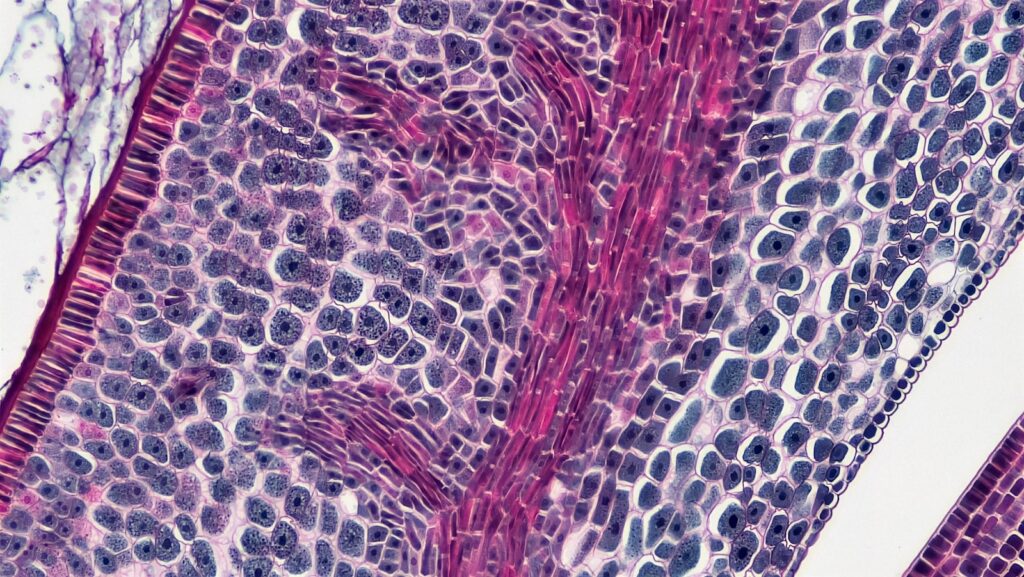Insider Brief:
- Researchers from researchers from Aalto University, University of Helsinki, the University of Chicago, and others have demonstrated that Josephson junctions, key components of superconducting qubits, dissipate energy as photons, measured directly using a sensitive bolometer.
- The study revealed that heat dissipation in Josephson junctions can lead to decoherence, which causes quantum states to revert to classical behavior and lose valuable quantum information, impacting qubit performance.
- By mapping the energy dissipation mechanisms based on frequency and voltage characteristics, the team gained insights that could improve qubit designs, with future work focused on detecting single-photon events to further optimize qubit technology.
Energy radiates from Josephson junctions as photons, and for the first time, researchers have directly measured this radiation using a highly sensitive thermal detector known as a bolometer. This development sheds light on how superconducting qubits, the building blocks of quantum computers, lose energy—an issue that disrupts quantum information and compromises qubit performance. The study, published in Nature Nanotechnology, involved teams from Aalto University, University of Helsinki, and the University of Chicago, among others, seeking to uncover the dissipation and decoherence mechanisms within these circuits.
Qubits and the Challenge of Decoherence
Superconducting qubits, used by quantum computing systems such as those from Google and IBM, operate at extremely low temperatures to maintain their quantum state. However, the stability of qubits can be compromised by heat dissipation, leading to decoherence—when quantum states revert to classical behavior, erasing valuable quantum information. Understanding how energy dissipates in these circuits is integral to improving their performance. While models exist for Josephson junctions, they often lack detailed insights into where and how energy is lost in the system, which creates challenges for further optimization.

Bolometer-Based Breakthrough in Measuring Energy Dissipation
To address this gap, the research team used a nano-bolometer to directly measure the weak radiation emitted from a Josephson junction over a wide frequency range, up to 100 GHz. The bolometer, composed of a copper absorber, converts radiation into heat. A sensitive thermometer then detects the change in temperature, allowing researchers to analyze the energy dissipation in real-time. This approach identified several dissipation mechanisms, each dependent on the bias applied to the junction.
By mapping the entire frequency-dependent power output and current-voltage characteristics, the researchers discovered that the physical environment of the Josephson junction affects energy dissipation. As noted in the study, these findings may play into future work refining qubit designs by better managing heat loss and reducing decoherence.
Looking Ahead: Counting Photons to Optimize Qubit Performance
This research offers a clearer picture of how qubits lose energy through photon emission, providing a direct method to measure coherence losses in superconducting quantum circuits. As qubit performance depends on minimizing decoherence, this understanding may aid in designing more stable and efficient quantum computers. Future work for the group includes refining the bolometer to detect single-photon events, which could provide even more precise insights into energy dissipation and help optimize qubit technology for scalable quantum computing applications.
The authors who contributed to the study include Bayan Karimi, Gorm Ole Steffensen, Andrew P. Higginbotham, Charles M. Marcus, Alfredo Levy Yeyati, and Jukka P. Pekola.
















